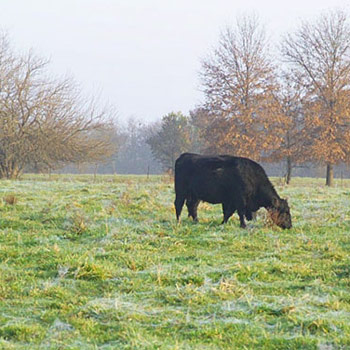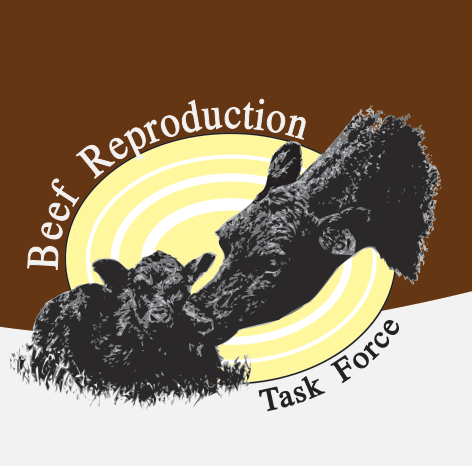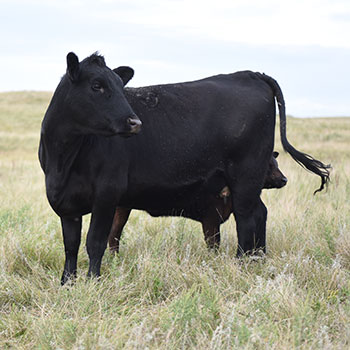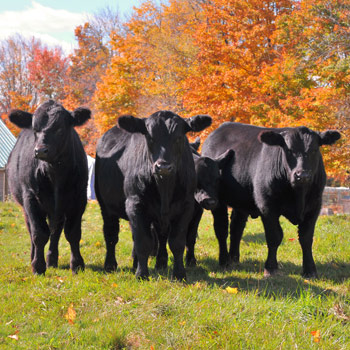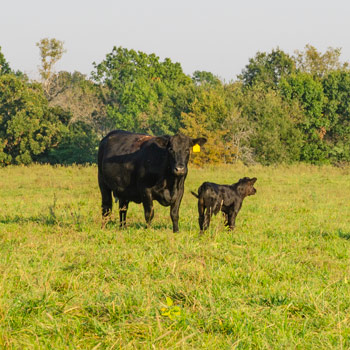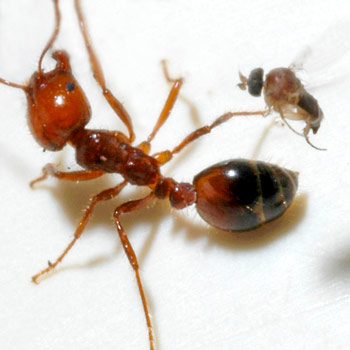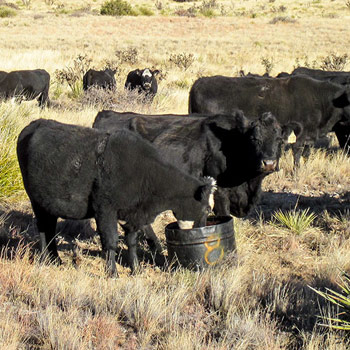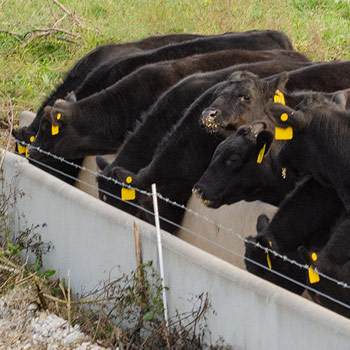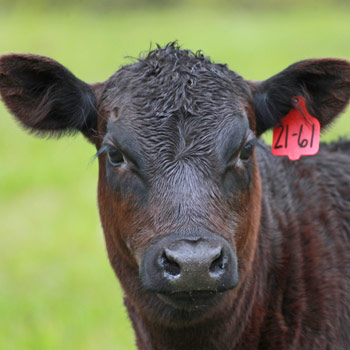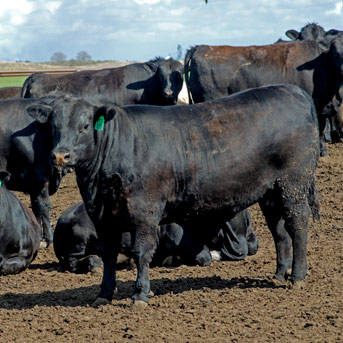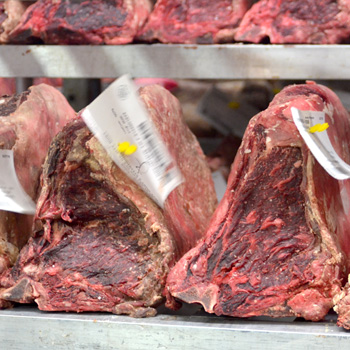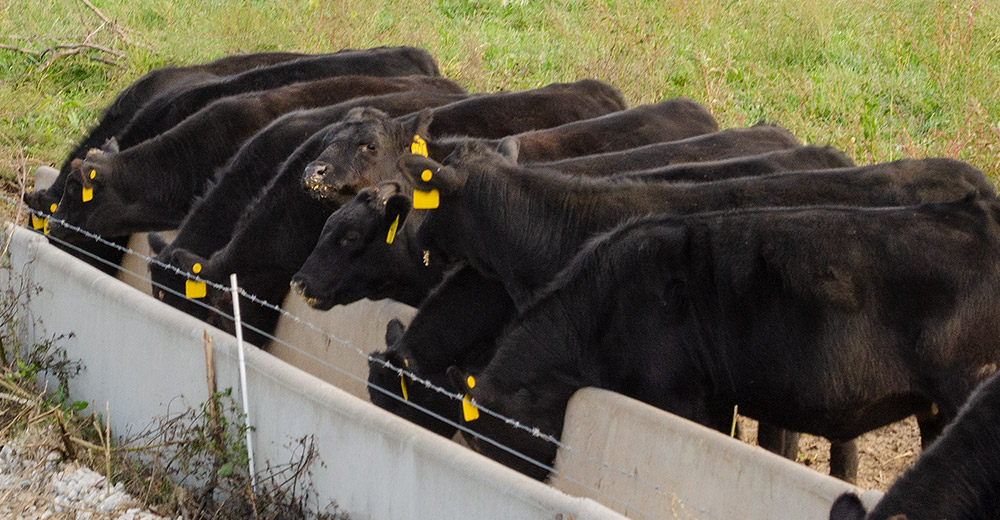
Liver Flukes Can Negatively Affect Reproduction
Research shared on implications and control effects.
Liver flukes affect cattle performance in many ways, and the liver damage can lead to other diseases, including redwater. Studies have also shown negative effects on reproduction.
“Liver damage affects virtually everything the body needs for converting nutrients into utilizable proteins, energy, vitamins,” says James Hawkins, retired veterinarian in Madison, Miss. “Liver flukes affect gain in young cattle, but this is usually a slow-developing problem compared to the effect of gastrointestinal nematodes (worms). A large study at LSU (Louisiana State University) sought to discover whether worms or liver flukes had the most impact, and what happens if cattle have both?”
The study was done at the LSU experiment station at Alexandria, La., using replacement beef heifers from other university farms, receiving them after weaning, breeding them by artificial insemination (AI) and sending them back as bred heifers. This property had a long history of fluke infection, says Hawkins.
The weaned heifers were divided into four groups — 24 per group per year, for four years. One group was treated with injectable ivermectin to kill worms but not flukes. Another group was treated for liver flukes, using a product containing clorsulon that kills liver flukes but nothing else. Another group was treated for both worms and flukes. The fourth group served as untreated controls, explains Hawkins.
The initial study lasted four years. J.C. Williams and Alvin Loyacano published the results, showing effects of worms and flukes.
They found that in young cattle the GI nematodes have the most profound effect on gain, he explains. The cattle were on pasture and planted ryegrass in the winter, supplemented with corn-based concentrates to gain 1 pound (lb.) per day to reach proper breeding weight.
“Compared with the untreated control group — which actually did pretty well, gaining approximately 1 pound per day — the ones that were dewormed averaged 23 to 25 pounds more,” Hawkins says. “They gained more than they needed to be at proper weight. That group could have been backed off on feed and still attained adequate weight, which would have saved money on feed.”
The group that always did best, in all the years of the study, was the one that got both treatments — worm control and fluke control. They had better weight gain and increased conception rates, he says.
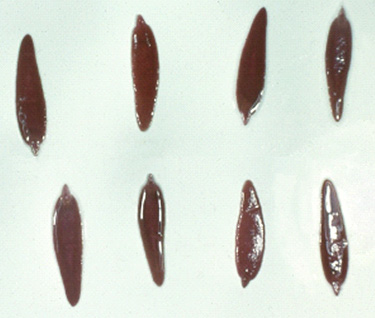 |
“The interesting thing was that flukes had a big impact on conception rates,” he points out. “Even though the untreated control heifers were at proper breeding weight and in good body condition at breeding, their conception rate was dramatically reduced.” [Photo by James Hawkins.] |
“The interesting thing was that flukes had a big impact on conception rates,” he points out. “Even though the untreated control heifers were at proper breeding weight and in good body condition at breeding, their conception rate was dramatically reduced.”
The researchers decided to keep that group and follow it through calving to try to see what was happening. In addition to low conception and calving rates, the untreated heifers had calves with significantly lower birth weights.
“One calf weighed only 26 pounds and did not survive,” says Hawkins.
“I’d been taught in veterinary school that conception is primarily dictated by body condition and proper weight at time of breeding. I did a literature search and talked to other parasitologists,” he adds. “One was trained in human parasitology and mentioned a human fluke that in other parts of the world can affect normal development of the gonads, especially in young boys.”
Hawkins also found a study in Spain where dairy heifers were experimentally infected with liver flukes and compared with an uninfected control group. This study found that liver fluke infection affected the estrogen-progesterone ratio in the heifers. Progesterone was lower than normal, and estrogen was higher than normal. The fluke-infested heifers were 39 days late on average, coming into their first standing estrus, and their conception rate was statistically lower. The researcher felt the low progesterone could also cause some of the animals that did get pregnant to lose their pregnancy, says Hawkins.
“Herds with chronic liver fluke infection could have problems with reproduction,” Hawkins says. “I’ve seen this in herds along the Gulf Coast, such as in south Louisiana, southeast Texas, etc., where producers feel that a 75% conception rate is the best they can do. I attributed this to things like poor management, heat stress, poor nutrition, etc., but it may be due to the fact that even though they are treating for liver flukes, they aren’t getting enough control to alleviate this affect.
“I wanted to do a similar study with cows, but did not get funding,” he continues. “So this has not been confirmed with studies in beef cows; it was just confirmed in dairy heifers. I believe it probably happens in adult cows, to a lesser extent, but to my knowledge this has not been studied.”
Editor’s note: Heather Smith Thomas is a cattlewoman and freelance writer from Salmon, Idaho. Lead photo by Shauna Hermel.
